SUMMARY
This is AI generated summarization, which may have errors. For context, always refer to the full article.
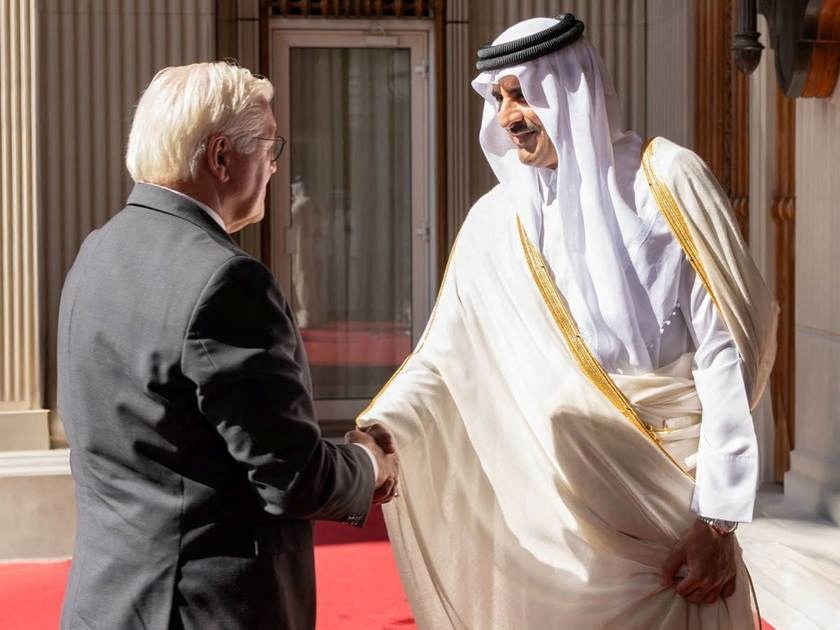
DOHA, Qatar – As world leaders feted Qatar for brokering a truce between Israel and Hamas last week, its negotiators doubled down on their mediation efforts, fearful the ceasefire was about to collapse before it started.
The truce and the agreement for accompanying prisoner and hostage exchanges were loosely worded. The tiny Gulf state’s negotiators knew Israel and Hamas had yet to agree on when, or how, the ceasefire and the swap would begin, according to sources in Qatar, the Palestinian Territories and Egypt familiar with the high-stakes talks.
It was necessary to clarify all the points in the agreement and make sure they meant the same thing to Israel and Hamas, a source briefed on the negotiations said.
For example, the Israeli side had pledged to “park” tanks it was using inside the Gaza strip, but nobody had agreed on what that meant on the ground, said the source, who asked not to be named because of the sensitive nature of the talks.
One of Qatar’s lead negotiators, career diplomat Abdullah Al Sulaiti, was worried. “I thought we were going to lose it and that the agreement wouldn’t fly,” he said in an interview.
To remain focused, Qatari Prime Minister Sheikh Mohammed bin Abdulrahman Al Thani had cleared his agenda, cancelling planned trips to Moscow and London, the source briefed on the negotiations said.
Inside one of his Doha offices on the afternoon of Wednesday, November 22, Sheikh Mohammed kicked off a new round of negotiations just hours after the truce had been unveiled, the source said.
In the prime minister’s main meeting were the Mossad chief, David Barnea, who had flown in from Israel for at least the third time since the beginning of the war, and a delegation of Egyptian intelligence officers. The Qataris used a separate room to call Hamas delegates who had remained in their villa office across town, the source said.
Qatar’s foreign ministry told reporters that Hamas and Israel negotiated in Doha until “the early morning” of November 23 and agreed on a plan to implement the truce deal the next day.
This account reveals details of that crucial meeting, which ran for nine hours and is described here for the first time. It also offers a glimpse of the muscular approach used by Qatar to accelerate shuttle-style talks between what one official involved in the negotiations called “two parties that have zero level of confidence in each other.”
Qatar’s Ministry of Foreign Affairs, the US Department of State and the Hamas political office in Doha did not respond to detailed questions for this article. The office of Israeli Prime Minister Benjamin Netanyahu, which oversees Mossad, declined to comment.
Not ‘postmen’
Instead of simply passing on messages from one side to the other, the Qataris’ approach to mediation is to be proactive and throw their weight into negotiations, according to a US official familiar with the matter and Egyptian security sources.
Doha had already used such tactics to push for solutions to close the gaps in demands between Israel and Hamas, notably when negotiators tackled the sensitive issue of hostages ahead of the first truce announcement, the US official said.
At the start, the Netanyahu administration said it would not swap Palestinian prisoners held in Israel for hostages held in Gaza. Hamas, which in 2011 had obtained the liberation of more than 1,000 Palestinian prisoners detained in Israel in exchange for the release of one Israeli soldier, made high demands, people familiar with the negotiations said.
The two sides eventually agreed on a ratio of three Palestinian prisoners for each civilian hostage.
The key, the Qatari official involved in the negotiations said, was to amend what was being proposed by one side until it became acceptable by the other.
“We say ‘Listen, let’s have a second round of discussions with you before we send the proposal,'” he said, speaking on the condition of anonymity.
“If we decided to be like postmen and deliver letters only, I doubt that we would have finished this agreement.”
On November 22, Qatari emissaries worked the phones and moved back and forth between different rooms, the source briefed on the negotiations said.
Qatari negotiators shepherded Israel and Hamas to agree on exactly where in Gaza Israeli tanks would be stationed during the truce. Similarly, they brokered an agreement on how Israeli soldiers would meet a Hamas demand to vacate Gaza hospitals, including Al Shifa, where they had taken positions, the source said.
The negotiators, some of whom have been involved in Israel-Hamas mediations since 2014, also needed to work out a crucial element: a safeguard mechanism designed to ensure that any small breach in the ceasefire would not cause it to collapse, he said.
They managed to get both sides to sign off on specific procedures they would have to follow in the event of an incident, reviewing detailed scenarios such as gunfire or tank movements, he said.
The mechanism was activated shortly after the truce came into force, when Israeli soldiers opened fire on Palestinians trying to move to northern Gaza, the source said.
About five hours into the meeting, Qatar’s Emir Sheikh Tamim bin Hamad Al Thani spoke on the phone with US President Joe Biden and discussed the deal’s implementation, according to the White House readout of the call.
After the marathon session was over some hours later, Qatar’s foreign ministry announced the truce would come into force on Friday, November 24 at 7 am in Gaza.
Go-to mediator
As one of the very few countries with an open line of communication to both Israel and Hamas, gas-rich Qatar has emerged as the lead go-to negotiator in the weeks-long war that began with the Hamas attack on October 7. In addition to the US, Russia has also praised the role of its “Qatari friends.”
Qatar’s mediation has also elicited criticism in the West, with some U.S. and European politicians accusing the Gulf state of supporting a group, Hamas, they regard as a terrorist organization.
The ambivalence was on full display when Sheikh Tamim landed in Berlin last month: “State visit by the blood emir,” said an October 12 banner headline on German newspaper Bild.
Qatari officials say they began hosting Hamas representatives in Doha in 2012 at Washington’s request, when the Palestinian militants’ political office was ousted from Syria. Israel vets all financial transfers Qatar makes to Palestinians in Gaza, Qatari sources have said.
Qatar’s personal connection to the militant group’s key figures is perhaps the most important factor behind Qatar’s ability to effectively negotiate in this conflict, said Mehran Kamrava, professor of government at Georgetown University in Qatar.
“They say, ‘Look. We’ve provided an office and logistical support at tremendous reputational cost…. We were the only ones who were there for you when you needed us and now is the time when you need to return the favor,'” he said.
Despite proximity to Hamas officials, Qatari negotiators did not speak directly to the group’s leaders in Gaza, but through its representatives based in Doha. The communication chain broke several times, at one point for two full consecutive days, during the month and a half of intense fighting that preceded the November 24 truce, because of power outage or Israeli shutdown, the source briefed on the talks said.
Mossad often plays a diplomatic role in Israel’s dealings with Qatar, because the two countries do not have formal diplomatic relations, a situation that one Western source in the Gulf said also slowed the process.
Netanyahu has sworn to annihilate Hamas, which rules Gaza, in response to the October 7 rampage by the militant group, when Israel says gunmen killed 1,200 people and took 240 hostages.
In response, Israel bombarded the territory for seven weeks and killed more than 15,000 Palestinians, according to health authorities in the coastal strip.
Since the pause in fighting began, around 100 hostages have been released from Gaza, including non-Israelis. Israel has released at least 210 Palestinians from its jails and allowed relief organizations to increase shipments of humanitarian aid and fuel to Gaza.
But after seven days of truce, hostilities could resume as soon as Friday, December 1, unless another extension is agreed upon.
Speaking to Reuters days after the ceasefire started, Al Sulaiti, the Qatari mediator, said the work was far from over.
“At the beginning, I thought achieving an agreement would be the most difficult step,” said the civil servant who has been involved in Israel-Hamas mediations since 2014. “I’ve discovered that sustaining the agreement itself is equally challenging.” – Rappler.com
Add a comment
How does this make you feel?

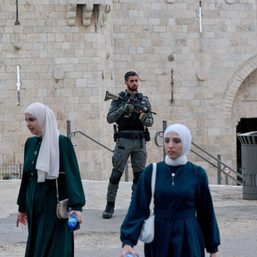
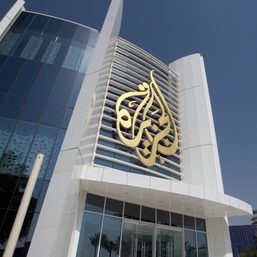
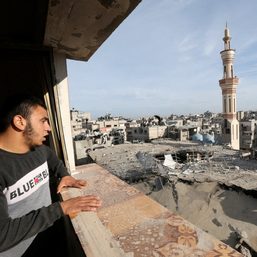
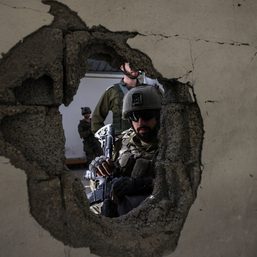


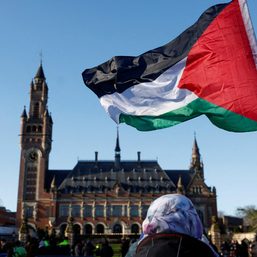



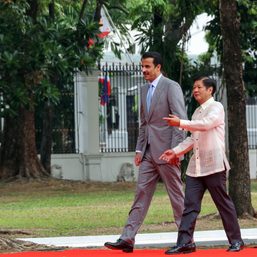
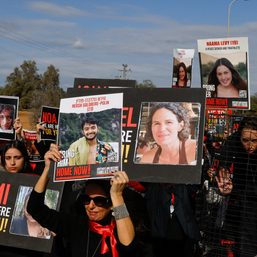
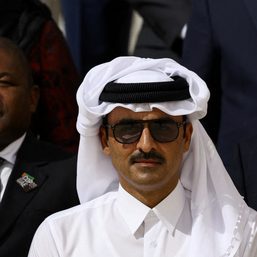
There are no comments yet. Add your comment to start the conversation.